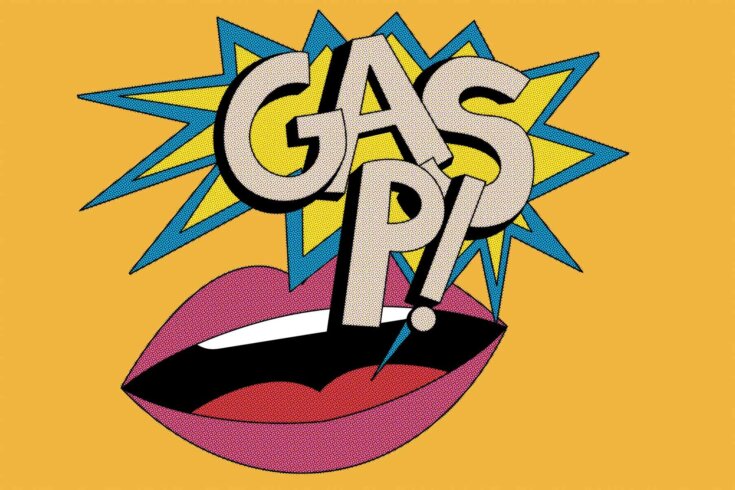I was surprised as anyone when I became obsessed with comics again last year, at the advanced age of forty-five. As a kid, I loved reading G.I. Joe and The Amazing Spider-Man. I loved the way they materialized like magic on the newsstand every month, and I loved the fantastical contents: microclimates conjured with pencils, brushes, and Dr. Martin’s dyes. Later, as teenagers in the ’90s, my friends and I self-published our own comics, xeroxing pages drawn on Bristol board and hawking them downtown.
In time, my passion slipped from panels to poems. The feat of minting similes as magical as Jane Kenyon’s description of wind-stirred leaves—“they show their light undersides, / turning all at once / like a school of fish”—captivated me. No rulers or lettering guides required.
But after finishing work on a nearly 400-page novel in rhyming couplets, I felt restless. One of my old friends, his house now free of kids, had started drawing comics again. He got me thinking about the artists I used to love; a Google search got me to Ed Piskor and Jim Rugg’s YouTube channel.
Mostly off camera, the two Pittsburgh cartoonists scrutinized the comics I’d grown up reading—and pointed me toward what I’d missed. Their enthusiasm was instructive. They’d marvel at the extracurricular work Chris Ware put into his sketchbook after a full day of drawing. They’d gape at Alex Toth’s willingness to white-out a street scene he’d drawn in a window for the sake of economy and clarity.
Soon, I found myself at art stores, stocking up on Japanese Micron pens and, eventually, Copic multiliners, Piskor’s preferred marker for inking. My back began to ache, so my wife ordered an angled drawing board for Father’s Day.
The act of drawing panels again brought everything back. Comics were a core part of my childhood. My parents didn’t have a lot of money, but they could always spring for an Archie. Really, it was the row of Archie digests lining the shelf by my bed that taught me to read. They helped run out the clock on those interminable Sundays before we’d amassed a decent VHS library.
Before Netflix, before the internet, before they cast Robert Downey Jr. as Iron Man, comics provided a cheap and plentiful form of narrative entertainment. If you craved Spider-Man content in the 1980s, you had to make do with the monthly comic book, created by human hands under airtight deadlines. Original art was physically couriered from penciller to letterer to inker to colourist. Eventually, advances in digital wizardry made today’s deafeningly dull Marvel movie feasible. But the analogue medium of comics used to have the monopoly on superhero IP.
You could buy comics everywhere, it seemed—at the grocery store checkout or off the spinner rack in a bookstore’s basement. I sourced issues of Daredevil at a hobby shop in Cloverdale Mall. I acquired a splendid X-Men Annual (#12) at my local variety store, the book pencilled by Arthur Adams, a notoriously painstaking artist.
The comic book long ago fled the newsstand. The saddle-stapled product of my youth—the flimsy periodical now called a “floppy”—is pricier these days and mostly relegated to the specialty comic shop. Meanwhile, my seven-year-old borrows graphic novels from his school library, and The New York Times Book Review covers new releases by Seth, Chester Brown, and Daniel Clowes. The guilty pleasure has acquired respectability.
Still, on a recent flight, I couldn’t bring myself to break out the graphic novel I’d packed in my carry-on. Look, I’m forty-six. A Gen Xer. I’ll never entirely erase in my mind the non-repro blue line between low and high art. I still recall when comics were childish, outlaw, and slightly problematic.
I might even prefer them that way. Give me the scatological transgressions of Brown’s Yummy Fur, the scabrous snark of Clowes’s Eightball, the kinetic Kirbyisms of Tom Scioli’s American Barbarian, the spandex-adjacent violence of Michel Fiffe’s Copra. Give me drawings inked by hand, off-white newsprint, and no computer fonts. Give me cyan, magenta, yellow, and black. Give me back my four-colour youth.




